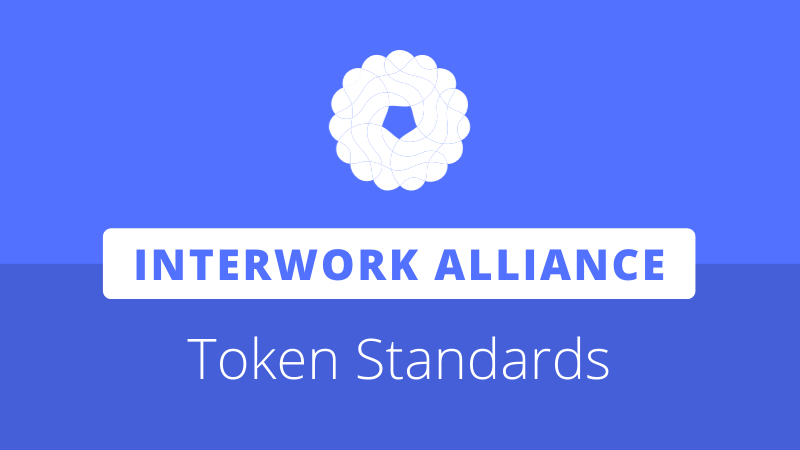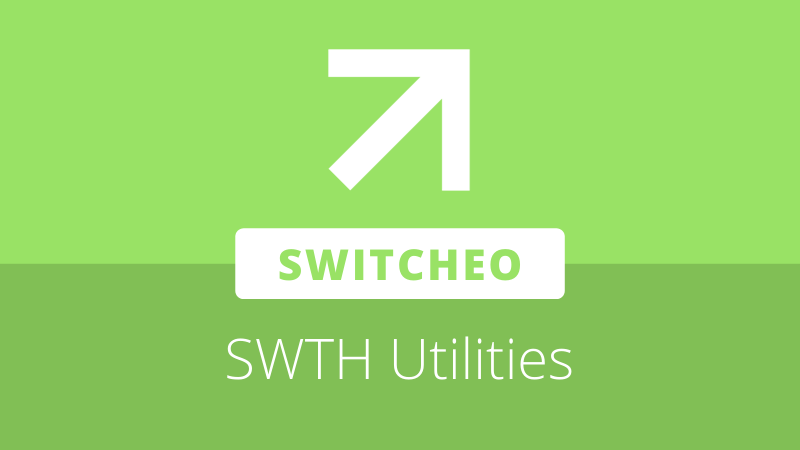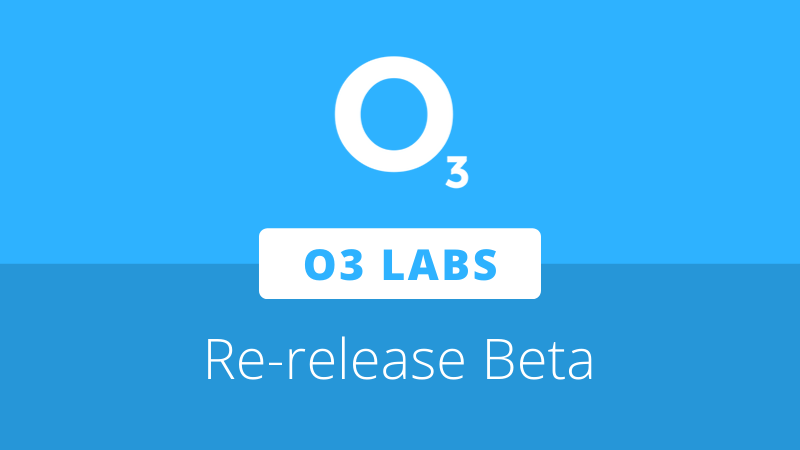
Blockchain adoption at an enterprise-level requires a series of token standards, comparable to internet and e-mail protocols that make surfing the web and web-based communication possible. This is the thesis that InterWork Alliance (IWA) president, Ron Resnick adopts, dating back to his former role as executive director of the Ethereum Enterprise Alliance (EEA).
Resnick points out, “Without transitioning technical innovation to market receptivity, even the most ground-breaking tech will remain limited to a small cadre of enthusiasts and likely never achieve web-scale adoption.”
Though spearheading an interoperability play in a nascent industry, Resnick isn’t a stranger to adapting new technology standards to existing markets.
At Intel, he’d been the president and chairman of the WiMAX Forum board, tasked with replacing 3G with 4G infrastructure that offered mobile users the ability to stream music or videos. In this venture, Resnick faced stiff opposition from companies that’d invested hundreds of billions into 3G infrastructure, to which he noted, “They didn’t want 3G to go away.”
After a 12-year career at Intel, Resnick was successful in establishing a role for 4G and interoperability between telecommunications networks. He said:
The end result is now you can take your phone, and wherever you plug in your SIM card, it works. That’s what I want to see happen in the world of crypto and blockchain. There’s a model. There’s a way to accomplish that.
To define that model and move the token economy forward, the IWA has established itself with five founding members, including Neo Global Development (NGD), and is joined by many industry participants as principal or associate members.
The need for token standards
According to a 2019 Deloitte report, human barriers, rather than technological barriers, are what hold blockchain back from large-scale enterprise adoption. The report highlighted, “Many of the core benefits of blockchain technology are only realized through collaborating with other parties in the ecosystem or indeed forging new cross-industry partnerships.”
The IWA’s mission is to enable organizations to adopt and use token-powered distributed services in their every day trade and operations. It aims to do this at a higher business-process level by bringing a variety of industry participants to the table and identifying their needs.
These needs will not be translated directly into code, but into definitions which, according to Resnick, can act as a “common language [that] ensures any instrument, from any manufacturer, can just show up and play.”
Facilitating the creation and documentation of definitions for tokens is the role of the Token Taxonomy Framework (TTF), one of the IWA’s first three frameworks alongside the InterWork and Analytics frameworks.
The TTF makes it possible to classify tokens by characteristics that they have in common, such as by specific types like fungible and non-fungible, or by certain behaviours such as being transferable or divisible. Different characteristics are documented in the taxonomy as “artifacts,” or reusable components that describe how to work with particular aspects of a token.
These components are the underlying, implementation-neutral building blocks of all tokens created in accordance with the framework. This makes them powerful tools for developing software that is compatible with all tokens regardless of their implementation and to create token standards that are interoperable between platforms.
Essentially, the goal is that companies can implement token-powered processes to achieve a desired business outcome, without having a platform technology in mind. It will also add security in knowing that their solution is compatible with all other technologies following the same standards.
Another benefit from the development of standards is that they can pave a clearer path to compliance with governments and policymakers.
An example of how this plays out can be seen in the work done by the National Institute of Standards and Technology (NIST). The NIST is a non-regulatory agency of the U.S. Commerce Department that was established to maintain and promote a set of industry standards to assist innovation and science.
One of its standards, SP 800-53, is designed to heighten the security of the information systems used within the federal government. Following these standards will help federal agencies and contractors meet the requirements set by the Federal Information Security Management Act (FISMA). It it also useful for providers like Amazon Web Services, who can provide compliant infrastructure right out the box.
This removes the guesswork from developers and system engineers by providing clear guidelines of what technologies are both acceptable and compatible with federal government systems, while also making it easier to choose service providers who are already compliant.
The same concept could be applied to tokenization, where certain standards may become the accepted regulatory benchmark for reasons such as consumer protection, security best-practice, transparency, or for keeping functionality within that which is legal.
Tokenizeable assets
A token does not have to be financially-oriented, such as in the case of digital money or a cryptocurrency. Instead, a token can represent a physical or digitally-native item, an inventory unity, or even a ‘concept’ that moves across supply chains to track progress. Examples of tokenizable assets include artwork, properties, land, loyalty points, certificates, fracture-free petroleum, sustainably extracted natural gas, minerals, metals, and more.
While use cases are not limited, the first industries that might see asset tokenization include life sciences, healthcare, farming, supply chain, and financial services.
A example touted by principle IWA member, Envision Blockchain, is carbon credits. A carbon credit is a permit that allows a business or entity to emit an amount of carbon dioxide or greenhouse gases, effectively enabling companies to pollute to a certain point. Often, one carbon credit is equal to one ton of carbon dioxide.
Co-founder and COO, Jason Pancis, believes that carbon credits is a tokenization use case that could unlock massive amounts of value.
“While today’s voluntary carbon credit system is estimated to be in the billion-dollar range, the required accounting is time-consuming and expensive, which can deter potential investors. The IWA efforts aim to make it much simpler. The Carbon Emissions Token, a draft Token Specification Template in the IWA’s Token Taxonomy Framework, is an excellent first step in establishing a standard methodology for individuals and businesses around the world to begin leveraging.”
How Neo benefits from working with the IWA
Neo Global Development (NGD) Seattle lead, John deVadoss, represents Neo on the IWA board of directors and serves as the chair of the Tools Steering Committee. No stranger to the standards game, deVadoss was involved in the development of Web Services (WS-*) standards during his time at Microsoft and also holds the title of director of enterprise adoption at the Neo Foundation.
A key benefit to Neo’s involvement with the IWA is that it has the opportunity to take a leadership role in the development of token standards, rather than attempting to play catch-up to rules and standards set by others.
Additionally, Neo benefits from strength in numbers by choosing to align itself with a large and diverse set of industry participants. In order for any standards to be useful, they require market acceptance at a scale that companies cannot achieve on their own.
For example, in the late 1990s, there was a battle for dominance between Wi-Fi and HomeRF as the preferred wireless networking technology. HomeRF was a specification heavily promoted by Intel and Proxim that never took hold. Its failure for traction stemmed from the fact that companies preferred a more global standard available to a variety of chip manufacturers. By 2003, the HomeRF consortia had disbanded.
Without an agreed-upon set of specifications among an extensive network of entities and their users, it is extremely difficult for new technologies to catch on. In the case of blockchain, platforms that choose to go it alone risk isolation from the global network, hindering adoption.
Neo founder, Da Hongfei has made this point repeatedly, citing his belief that in order for blockchain to achieve wide scale usage, we need an “internet of blockchains” where assets can flow freely among one another and call smart contracts between chains.
Lastly, Neo’s role with the IWA places it in a position to quickly adopt industry-wide standards and build compatible products. At the time of press, NGD Seattle has already delivered a pre-release of its Visual Token Designer, the industry leading toolset built according to the current standards developed by the TTF. It is expected that the Visual Token Designer will shape the developer experience for this new and emerging space.
Unveiled at the Consensus: Distributed virtual conference in May, the Visual Token Designer is intended to bridge the gap between blockchain developers, business executives, and regulators. It allows the user to design a token by selecting the properties and functions required, with the comfort of knowing that the final product will be compatible with the standards backed by the IWA.
Neo’s innovation hasn’t gone unnoticed by the IWA consortia, as Oliver Johnston-Watt, marketing director of IWA principal member Blockchain Technology Partners, pointed out, “[The] Visual TokenDesigner toolset highlights [a] close relationship to what is now the IWA Token Taxonomy Framework. Tools like this will play a key role in lifting the work of the IWA off the page and making it real, and the IWA, in turn, affords NGD the opportunity to build on its work with the Azure Blockchain team.”
The company of giants
Neo’s core philosophy is one of pragmatic idealism. “Pure pragmatism can’t imagine a bold future. Pure idealism can’t get anything done. It is the delicate blend of both that drives innovation” is a favored quote of Da Hongfei’s.
Neo’s mission is to build the infrastructure for the new Smart Economy, while trying to be compatible with existing legal systems and financial systems.
From these perspectives, Neo fits perfectly in with the IWA. It is willing to dream big enough to lay the foundations for new paradigms of business and commerce, while grounded enough to know it is not a task that can be achieved alone.
Speaking with Neo News Today about Neo and the IWA, deVadoss said:
The way you predict the future is by creating it. The future is not some place that we look forward to, but one that we build. We are creating the Smart Economy; and we are doing this in the company of giants with our leadership as a founding member of the InterWork Alliance.







About The Author: Dylan Grabowski
Dylan is a reformed urban planner with a passion for covering the Neo ecosystem. His objective as a writer for Neo News Today is to report news in an objective, fact-based, non-sensational manner. When not behind a computer screen, he can be found in the mountains rock climbing. Find Dylan on Twitter (@GrabowskiDylan).
More posts by Dylan Grabowski